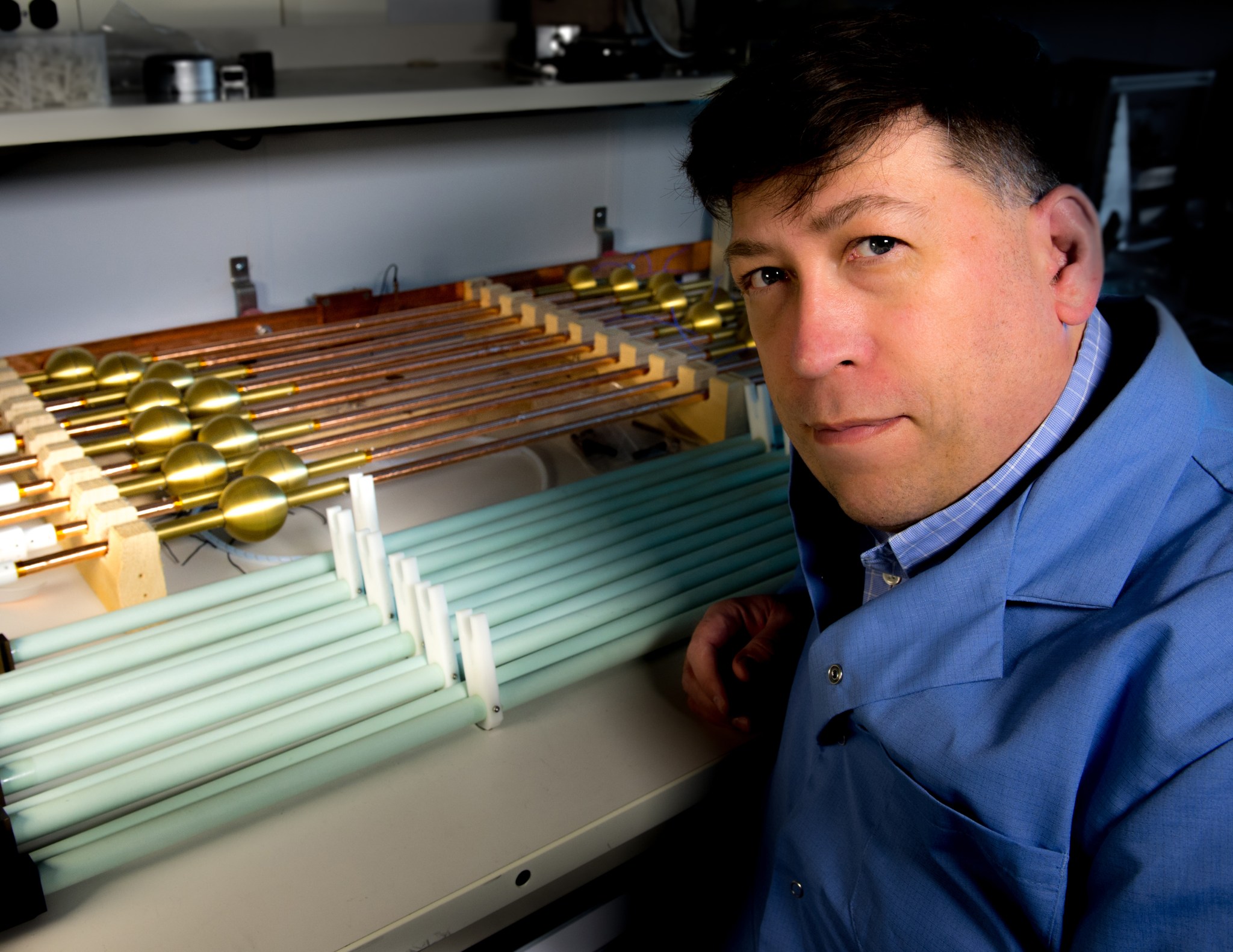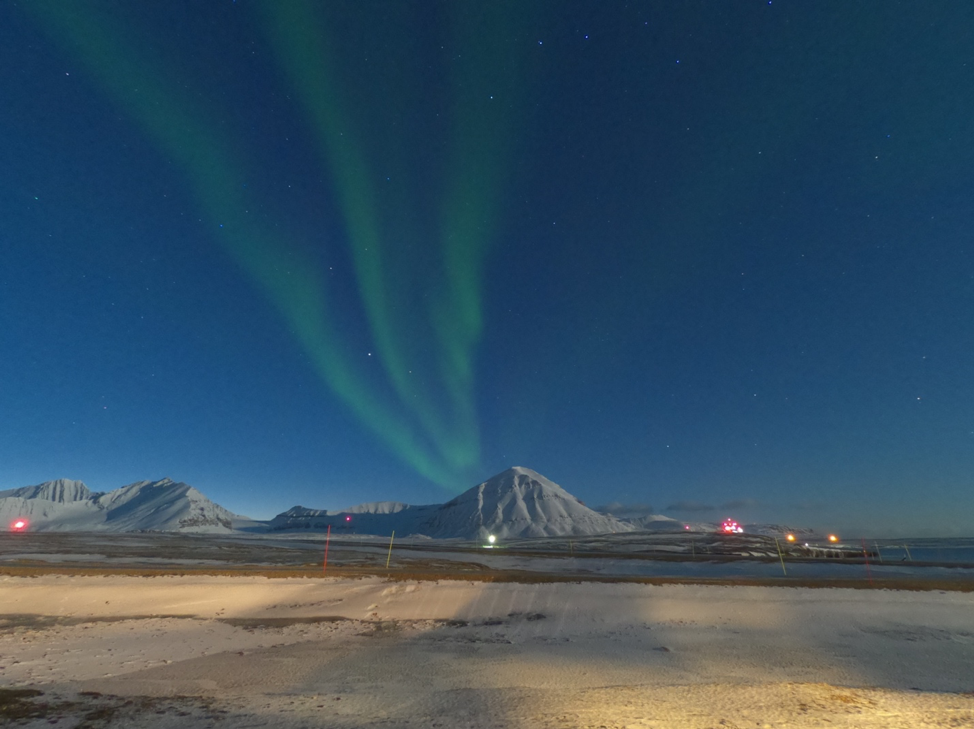The public is invited to a free lecture called ‘Going to the Top of the World to Touch the Sky,’ with Dr. Douglas Rowland, NASA research scientist. The talk will occur in the Pickford Theater, third floor, Madison Building, 101 Independence Avenue SE, Library of Congress, Washington, D.C., on Oct. 17 from 11:30 a.m. to 12:30 p.m. EDT.
Every day, Earth loses hundreds of tons of its atmosphere to space because of the influence of the Sun and its solar wind, in a process known as “atmospheric escape”. On Earth, atmospheric escape happens predominantly at high latitudes, where solar wind-driven energy streams down into the atmosphere to form the aurora. This energy ionizes, heats, and accelerates the upper atmosphere, ejecting part of it into space. On planets like Mars, these and similar processes are thought to have resulted in the almost total erosion of a once-dense atmosphere. These effects can also be critical in determining planetary habitability for other planets around other stars, and Earth provides an accessible natural laboratory for their study. Here on Earth, atmospheric escape is not a threat to life – we have enough atmosphere to last billions of years. But the processes by which heavier gases like oxygen are heated and energized remain mysterious: Scientists long thought that oxygen was too heavy to escape Earth’s atmosphere, because it has to be energized by a hundredfold or more to achieve escape velocity. Nonetheless, oxygen of Earth origin is often observed in near-Earth space, and, at times, it floods this region, dramatically changing the space environment. Finding out what mechanisms heat this oxygen and when and where these heating processes occur are of great interest for predicting “weather” in the space environment.
Dr. Rowland led the VISIONS-2 (VISualizing Ion Outflow via Neutral atom Sensing-2) NASA sounding (suborbital) rocket mission, part of the multinational Grand Challenge Initiative – Cusp project, to directly measure the auroral energy inputs and the resulting atmospheric escape. VISIONS-2 was launched from the one inhabited place on Earth where the solar wind has direct access to the atmosphere – Ny Ålesund, Norway, the world’s northernmost town. Dr. Rowland will discuss atmospheric escape and what we are learning from the VISIONS-2 data, and he will share what it was like to travel to and work in Ny Ålesund, only 769 miles from the North Pole.
He is a speaker in the 2019 NASA Goddard Lectures Series at the Library of Congress. Earlier talks in the NASA series included the topics of space weather, improved global water security and sustainability, how Mars has changed over time, NASA’s Hubble Space Telescope and the upcoming James Webb Space Telescope.
The Library of Congress maintains one of the largest and most diverse collections of scientific and technical information in the world. The Library of Congress is the nation’s oldest federal cultural institution and the largest library in the world and holds nearly 151.8 million items in various languages, disciplines and formats. The Library serves both Congress and the nation online and on-site in its reading rooms on Capitol Hill.
For inquiries about this or upcoming talks at the Library of Congress, the public can contact the library’s Science, Technology and Business Division at 202-707-5664. ADA accommodations should be requested five business days in advance at 202-707-6382 (voice/tty) or ada@loc.gov.
The lecture will be later broadcast on the library’s webcast page and YouTube channel “Topics in Science” playlist.
For directions, visit: http://www.loc.gov/visit/maps-and-floor-plans/ or www.loc.gov
For information about Dr. Rowland, visit: https://science.gsfc.nasa.gov/sed/bio/douglas.e.rowland
For information about NASA’s VISIONS-2 mission, visit:
- https://earthobservatory.nasa.gov/blogs/fromthefield/category/visions-2
- https://www.nasa.gov/feature/goddard/2018/to-image-leaky-atmosphere-nasa-rocket-team-heads-north
For information about The Grand Challenge Initative — Cusp, visit: https://www.nasa.gov/feature/goddard/2018/science-on-the-cusp-sounding-rockets-head-north
Rob Gutro
NASA’s Goddard Space Flight Center, Greenbelt, Md.
301-286-4044
Robert.j.gutro@nasa.gov
Stephanie Marcus
Library of Congress, Washington
202-707-1192
smar@loc.gov




























